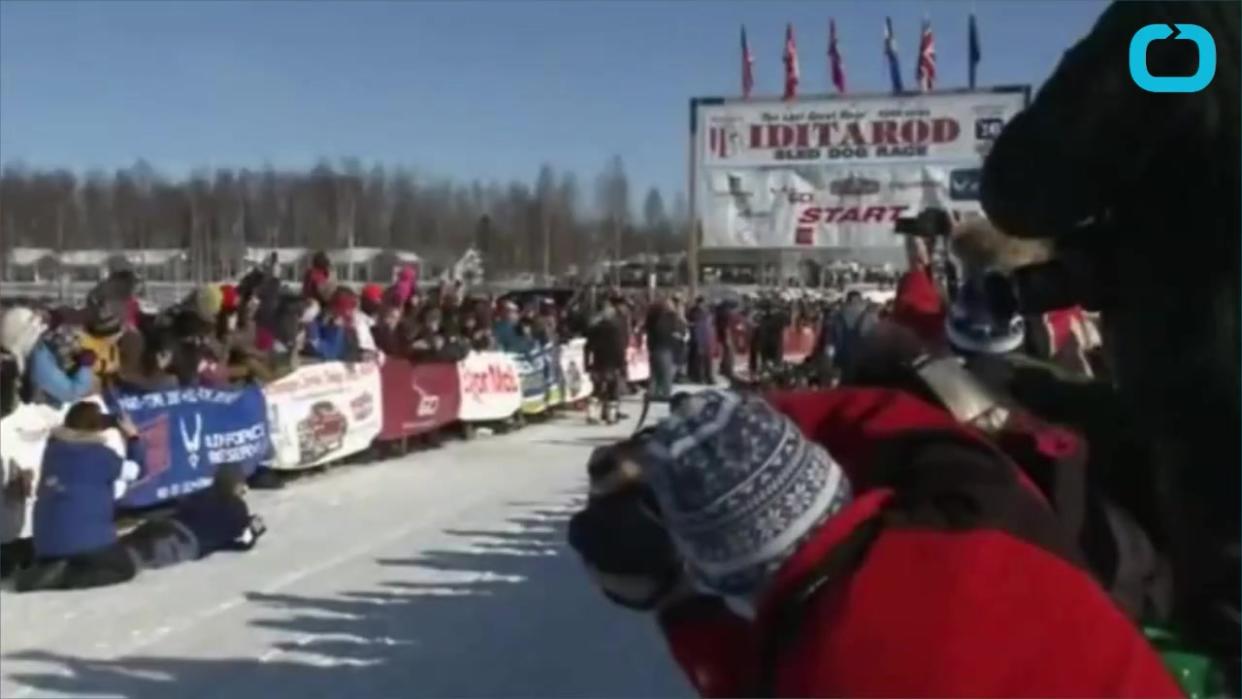Dallas Seavey wins Iditarod race for 3rd consecutive year

JUNEAU, Alaska (Reuters) -- Veteran Alaska musher Dallas Seavey claimed his third straight Iditarod Sled Dog Race title early on Tuesday morning, crossing the finish line in Nome ahead of his father, Mitch Seavey, for the second straight year.
READ MORE: Hillary Clinton admits she's just as tired of Donald Trump as everyone else
n his 10th race, the 29-year-old Seavey claimed his fourth title in five years. While guiding teams of dogs nearly 1,000 miles across the state's wilderness, contestants battled high winds and temperatures that reached 10 degrees below zero Fahrenheit (minus 23 Celsius) on the final night.
An exuberant Seavey ran alongside his sled, high-fiving fans and pumping his fist as he crossed the snowy finish line in Nome.
See more about the race below:
Seavey broke his own record, finishing the race in eight days, 11 hours, 20 minutes and 16 seconds.
"It was a heck of a trip all the way from the start," he said after his win. "It was ups and downs. It wasn't as straightforward as last time. It came together with an awesome little team."
The Seaveys exchanged leads throughout the race's second half. Dallas Seavey, however, had about a 40-minute edge coming into White Mountain, where mushers must take an eight-hour rest about 77 miles from the finish line.
He maintained that lead in the home stretch, keeping his father from securing his third career win. Father and son are responsible for the last five victories.
Seavey became the seventh musher to win four races, leaving him one short of the record held by Rick Swenson.
Dallas Seavey first won in 2012 at age 25, becoming the youngest winner ever. His father, now 56, followed in 2013 as the oldest musher to win.
The punishing round-the-clock marathon commemorates a rescue mission that carried diphtheria serum by sled-dog relay to Nome in 1925.
Seavey, who takes home $75,000 and a Dodge Ram Truck, fought a cold and congestion for the first two-thirds of the race.
"That was the most tired I've ever been on the Iditarod," he said. "But this team started coming together, and I started patching myself up a little bit. The last couple of days have been pretty amazing."
While most competitors are from Alaska, the race has drawn entrants from as far away as Norway, Canada, Sweden and the United Kingdom.
By the time Seavey crossed the finish line, more than a dozen of the 85 competitors who started on March 6 had dropped out of the race.
RELATED: Iditarod through the years
